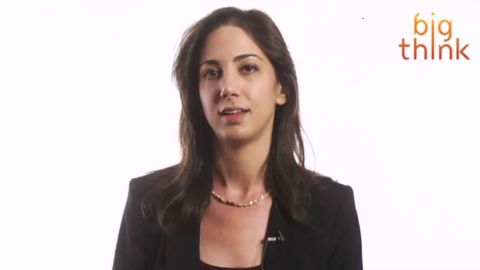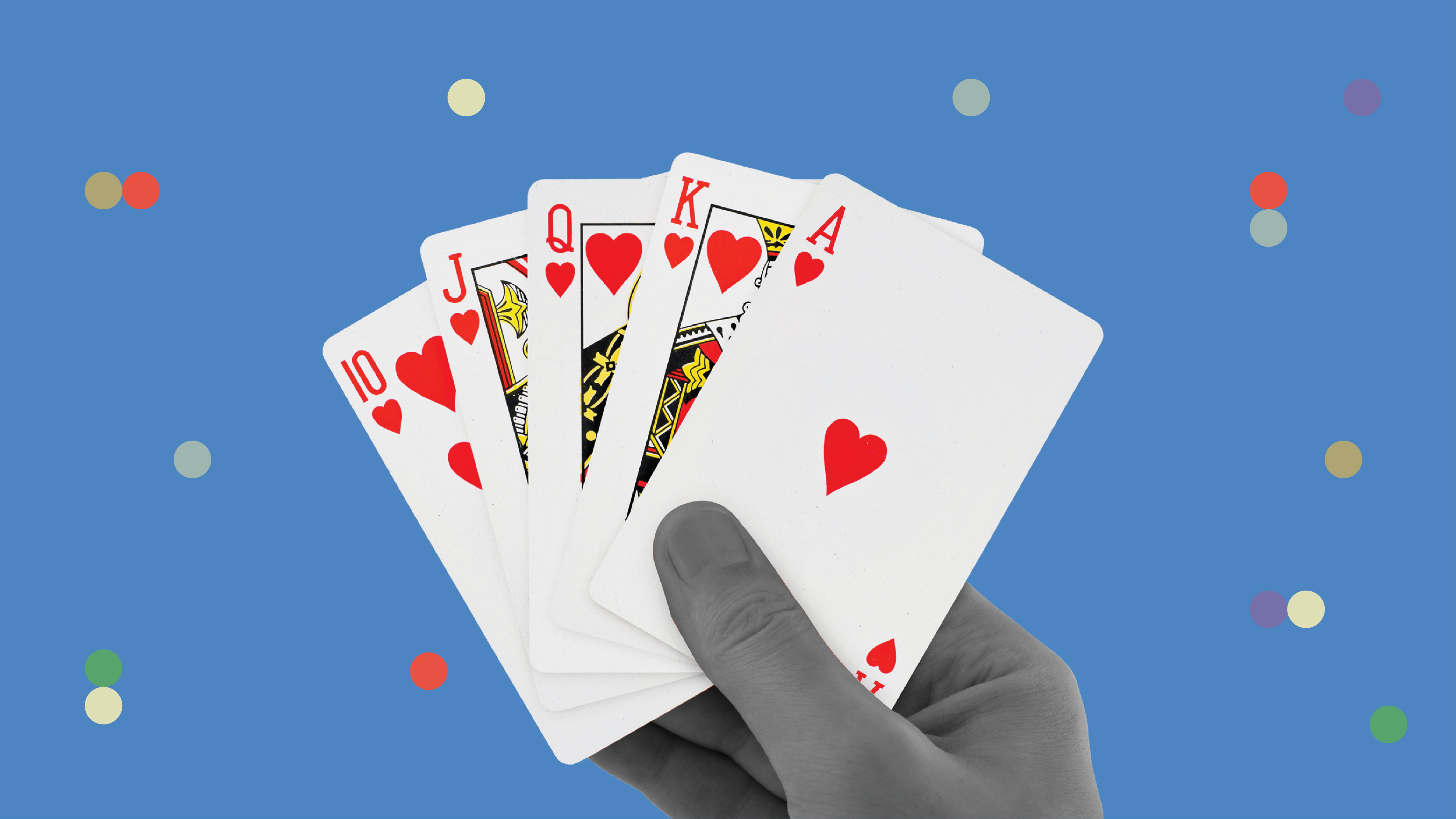Make Better Decisions: Redefining “Giving Up”

We’ve all been there. You’re 100 pages into a novel you just don’t like. Do you continue reading? You’ve already committed the time and energy reading the first 100 pages. The story has been set up, and maybe the novel will become better, hopefully, eventually. It’s easy to decide to not finish a novel after investing in the first 100 pages, but what if you invested years into a PhD program? Or a career track or a relationship? The higher the stakes, clearly, the harder it is to walk away, even if the rewards would be greater than staying in a situation that’s no longer desired.
One of the hardest decisions to make is when to give up. In fact, “giving up” seems like a taboo, which can weigh heavily on how we see ourselves and how we fear others see us. But there can be a lot of value in being able to stop and decide to move in a new direction.
Julia Galef, the President of the Center for Applied Rationality, teaches how to make better decisions and how to understand some of the most common cognitive biases and fallacies in this 5-part series from Big Think Mentor. In the first lesson, she explains the sunk cost fallacy—the belief people carry that causes them to stay in situations that no longer serve them.
Galef should know how difficult it is to make this type of decision. She spent years, she says, in a PhD program that she had lost interest in. Other options and possibilities eventually tempted her away from a path she had worked hard to get on for years in order to even be accepted into the program.
Why is it so hard to change our minds about goals we’ve had for a very long time? “This pattern of thinking is surprisingly common,” says Galef. “The sunk cost fallacy means making a choice not based on what outcome you think is going to be the best going forward, but instead based on a desire not to see your past investment go to waste. Once you start paying attention to the sunk cost fallacy you’ll notice at least a few things that you would like to do differently.”
Do you have situations in your life that you’ve outgrown? Would you like to learn how to be more cognizant of the common biases that influence your decision making and learn to make better choices?
Watch a clip from Galef’s Big Think Mentor 5-part series and subscribe:




